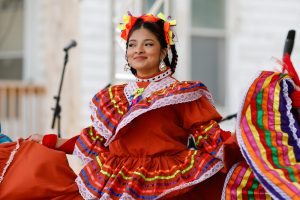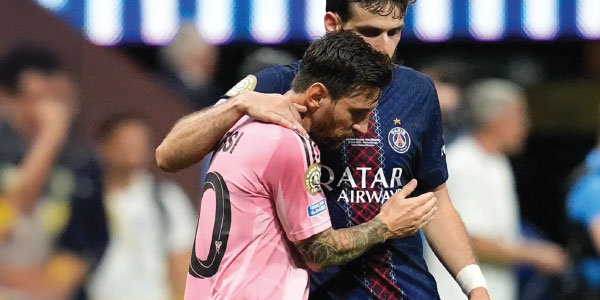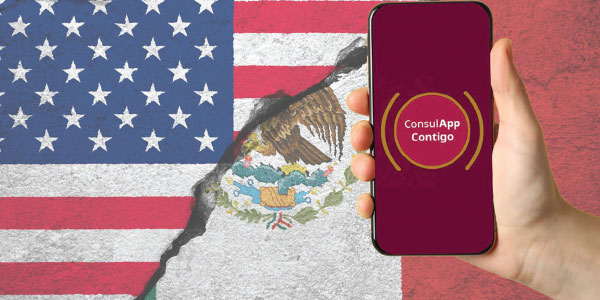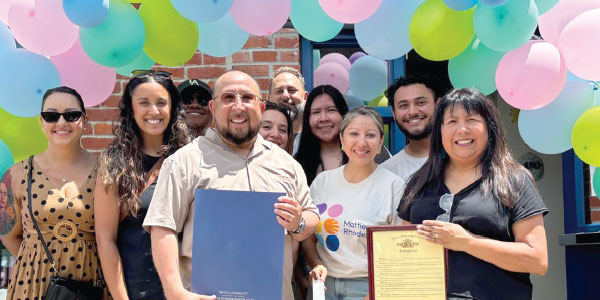
HUIXTLA, Chiapas, Mexico — I’ve seen the ignorant, xenophobic rants on social media about the caravan. They’re terrorists in disguise. They’re criminals. They’re invaders. They’ve been sent to invade and destabilize the United States. But in the main square of this small town in southern Mexico recently, all I could hear of the caravan were the children’s cries, and their laughter. Their faces — tired, surprised, innocent, anxious — are the best evidence against these claims by racist politicians and their supporters, propagating hatred.
According to a United Nations estimate, there are about 2,000 children in the caravan of perhaps 7,000 Central American migrants trying to make their way to the U.S. border with Mexico; the exact number is impossible to determine. Here in the state of Chiapas, I saw an 8-month-old girl and a 4-month-old boy lying under a black plastic screen, shielding them from the unrelenting sun. I saw children running around in diapers, restless, shoeless, sweating and playing with anything they could find, totally oblivious to what awaits them.
Terrorists wouldn’t be carrying their children across entire countries. Terrorists wouldn’t be pushing strollers in their slippers or their worn-out shoes, traveling over 1,000 miles in temperatures nearing 100 degrees Fahrenheit, trying to reach Texas or California.
Some are suggesting that the migrants are being paid, or that the caravan is being financed by the billionaire George Soros, or the Venezuelan dictator Nicolás Maduro. But I didn’t see any money anywhere. The Hondurans, Guatemalans, Salvadorans and Nicaraguans I met didn’t have a single dollar on them, even to buy a bottle of water. (Here’s some video I recorded when I was walking with the caravan: bit.ly/2O2Lg0d.)
As I mentioned, I’ve read some terribly classist and racist remarks posted on social media about these Central Americans. The comments are similar to the ones I’ve heard directed toward Mexicans in the United States. But on the streets of Tapachula, I didn’t see hatred or suspicion; I saw generosity and solidarity. The migrants were offered food, clothing, shoes and, of course, water. Most importantly, the Mexicans were trying to cheer them up, so they could carry on. How great you are, Tapachula. Your embrace has breathed life into so many.
This attitude is completely at odds with that of Mexican President Enrique Peña Nieto, who became a Border Patrol agent for President Donald Trump when he closed a bridge connecting Guatemala and Mexico recently, in an attempt to turn around the caravan. The refugees crossed the Suchiate River from below, instead. In the end, Trump and Peña Nieto were foiled. (You can watch the video I made at the Suchiate River here: bit.ly/2SieSKy).
Trump’s next strategy, intended to instill fear in American voters just before the midterm elections, is to declare these migrants an imminent threat to national security. He claims, without evidence, that there are “Middle Easterners” hiding in the group, and insists that the people in the caravan are invaders. I spent two days with the caravan and didn’t see a single “Middle Easterner.” And let me tell you this: The caravan is certainly not an invasion.
Many people don’t understand how or why this group of Central Americans gathered. It wasn’t some nefarious strategy. People simply heard about it on TV or saw it on their phones. Besides, the odds of being robbed or sexually assaulted decrease if you are part of such a large group. It’s also a matter of money. A smuggler might charge $4,000 to $10,000 to bring a single Central American to the United States. These trekkers, the poorest among the poor, didn’t have to pay anyone.
I don’t know how, or if, these children will make it to the U.S. border. They’re exhausted. Their parents are pushing them along in their strollers, or carrying them on their shoulders, but they’re exhausted too, struggling forward in the heat.
Sooner or later some of these refugees will reach the border. But please do not let Trump deceive you. They aren’t coming to invade. The most powerful nation in the world has an obligation when the weakest and the neediest show up on its doorstep. I have never seen anyone as vulnerable as these children.
They are not the enemy.
P.S.: You can see some of my photographs of the children in the caravan here: bit.ly/2JipwwT.
Los Niños de la Caravana
HUIXTLA, CHIAPAS, MÉXICO — Leo los gritos, ignorantes y xenofóbicos, en las redes sociales. Que son terroristas disfrazados. Que son criminales. Que son invasores. Que fueron enviados para desestabilizar a Estados Unidos.
Pero en la plaza central de esta pequeña población al sur de México yo sólo oí lloriqueos y risas de niños. Sus caras — cansadas, asoleadas, sorprendidas, inocentes, expectantes — son el mejor argumento contra los esparcidores del odio y los políticos racistas.
En la caravana de unos 7 mil centroamericanos, según el conteo de Naciones Unidas, que intenta llegar a la frontera con Estados Unidos hay unos 2 mil niños. Imposible saberlo con exactitud (pero es el cálculo de algunos medios de comunicación en México). Aquí, tirados bajo un plástico negro que los protegía de un sol villano, vi a una niña de 8 meses de edad y a un bebé de 4 meses. Y a montones de menores corriendo en calzones o pañales, inquietos y cansados, sin zapatos, sudando y jugando con cualquier cosa. No saben lo que les falta.
Los terroristas no suelen llevar a sus niños en brazos y en carriolas durante más de mil millas, en temperaturas de 35 grados centígrados, para llegar a Texas o a California. Ni recorren cada día en chanclas y zapatos rotos el equivalente a un maratón. Hay sugerencias de que esta caravana fue financiadas por el billonario George Soros o por el dictador venezolano Nicolás Maduro. Pero yo no vi el dinero por ningún lado. Los hondureños, guatemaltecos, salvadoreños y nicaragüenses que conocí no tenían ni un dólar para comprar una botella de agua. (Aquí está mi video con la caravana: bit.ly/2O2Lg0d.)
En las redes sociales leí terribles comentarios clasistas y racistas contra los centroamericanos. Son las mismas cosas que dicen de los mexicanos en Estados Unidos. Pero en las calles de Tapachula yo vi la maravillosa generosidad y solidaridad con que muchos mexicanos trataron a los refugiados. En las casas les ofrecían comida, les regalaban ropa y zapatos, y nunca faltó el agua. Pero lo más importante eran esos ánimos que les daban para seguir adelante. Qué grande eres Tapachula. Tus abrazos dan vida.
Eso contrastaba con la actitud del presidente Enrique Peña Nieto — quien en la práctica se convirtió en el policía migratorio de Trump — al cerrar el puente que conecta a Guatemala con México. Pero los refugiados, más listos, se cruzaron por el río Suchiate. Al final, Trump y Peña Nieto fueron burlados. (Aquí está el video de mi reporte desde el río Suchiate: bit.ly/2SieSKy.)
Pasé dos días con la caravana y no vi a una sola persona del Medio Oriente. Trump, para meterle miedo a los votantes, ha sugerido (sin ninguna prueba) que Estados Unidos está en un peligro inminente por esta caravana. Pero déjenme decirles algo: Esta NO es una invasión.
Muchos no entienden cómo se creó uno de los grupos más grandes de la historia de la migración centroamericana hacia el norte. La respuesta es sencilla: Se enteraron por la televisión y en sus celulares. Además, en un grupo tan grande se reducen las posibilidades de ser atracado en el camino o de ser abusada sexualmente. Y también hay una cuestión de dinero. Un coyote cobra de $4 a $10 mil dólares por persona para llevar a un centroamericano a Estados Unidos. Y ahora estos caminantes, los más pobres de los pobres, no han tenido que pagarle a nadie.
La verdad: No sé cómo van a llegar los niños a Estados Unidos. Están exhaustos. Sus papás los llevan en carritos y en hombros pero no pueden más. La bestia — ese tren angelical y diabólico, a la vez — no es una opción para las familias. Y con ese sol y las altas temperaturas, algo terrible puede pasar.
Tarde o temprano algunos de estos refugiados llegarán a la frontera con Estados Unidos. Pero, por favor, no se dejen engañar por Trump. No vienen a invadir. El país más poderoso del mundo también tiene sus obligaciones con los más débiles y necesitados. Y no he visto seres más vulnerables que los niños de la caravana. Ellos no son el enemigo.
Posdata: Aquí pueden ver algunas de las fotos que tomé de los niños de la caravana: bit.ly/2JipwwT.










